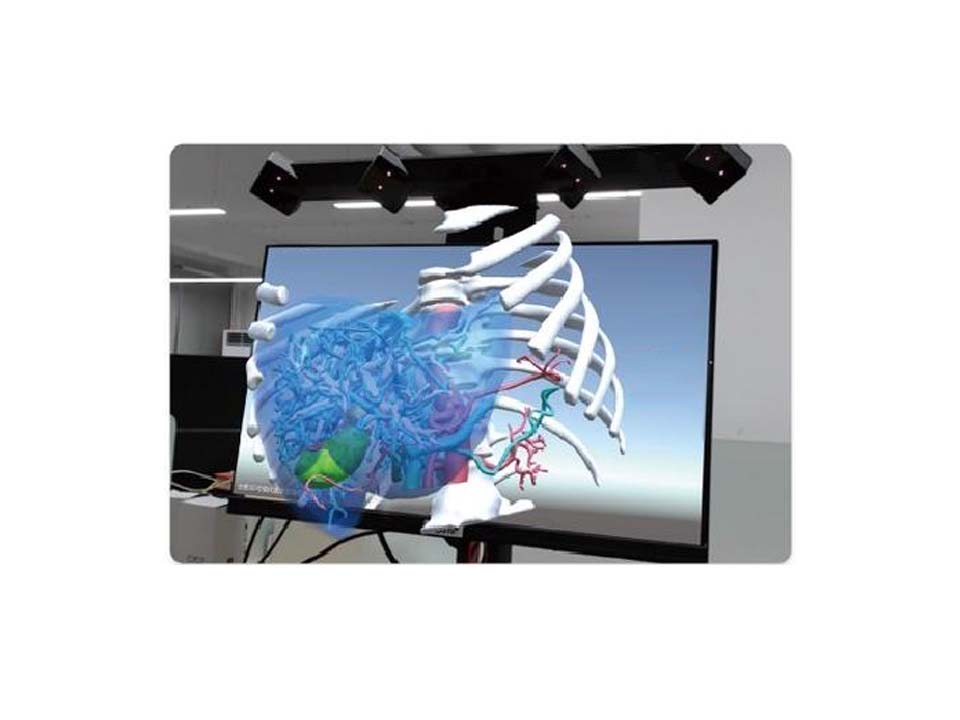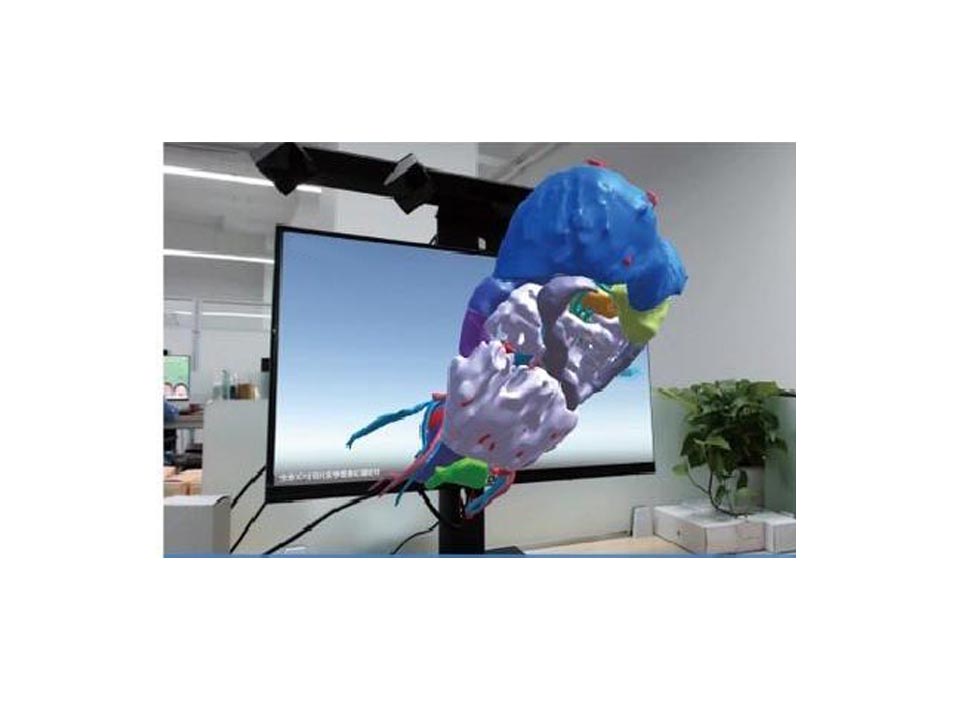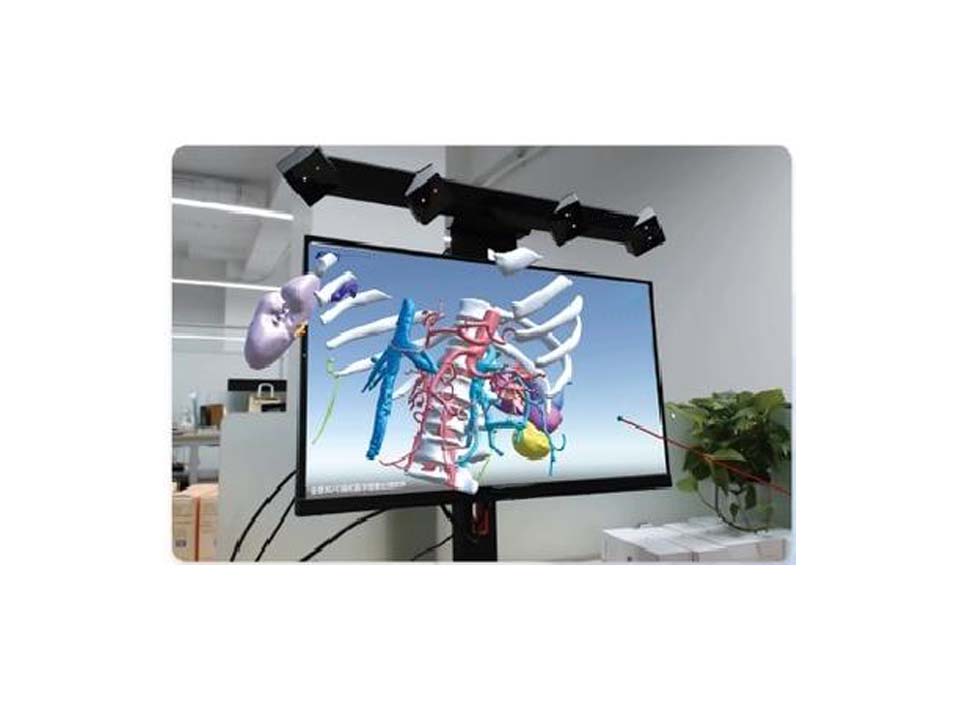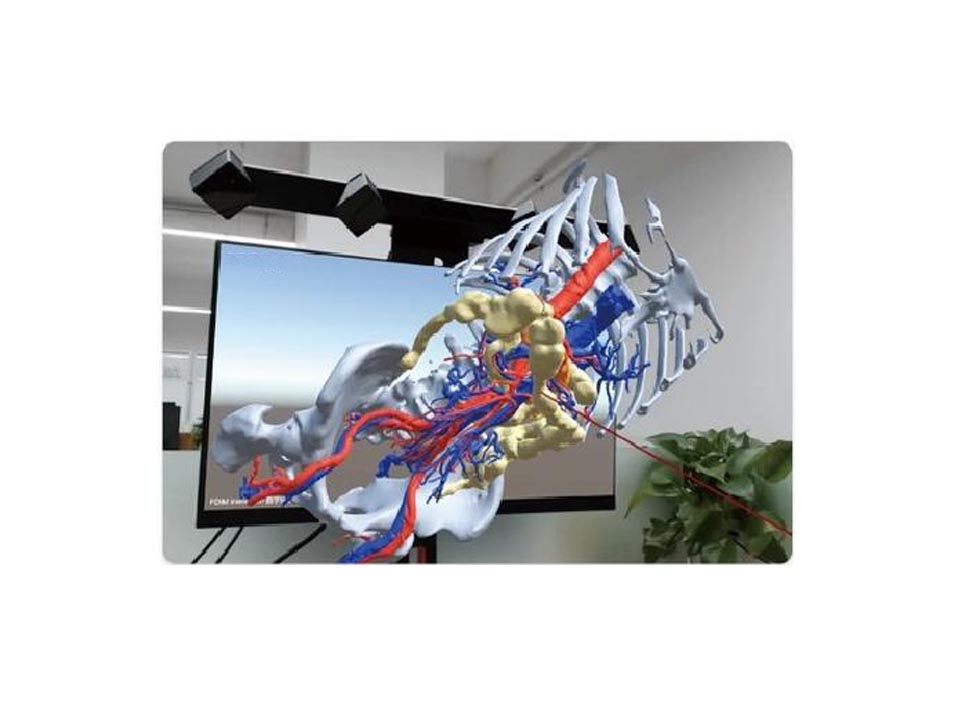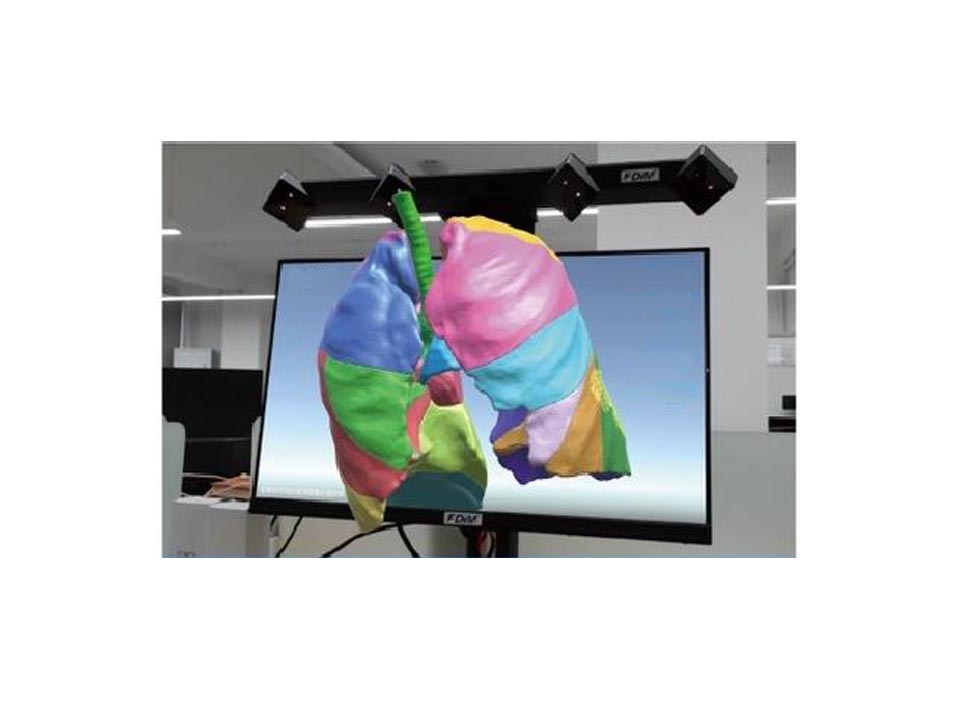Performing liver segment segmentation based on liver watershed analysis, expanding the lesion by 1cm to determine the safe margin, clarifying the positional relationship between tumors and portal veins, hepatic veins, and hepatic arteries, and planning the watershed resection range.
Precisely marking liver segments, focusing on displaying the association between blood vessels and lesions, and supporting liver segment navigation and data measurement.
Improving the accuracy of liver resection surgeries, reducing the risk of vascular injury and bleeding, lowering the probability of tumor residue, and shortening the time for preoperative plan formulation.
